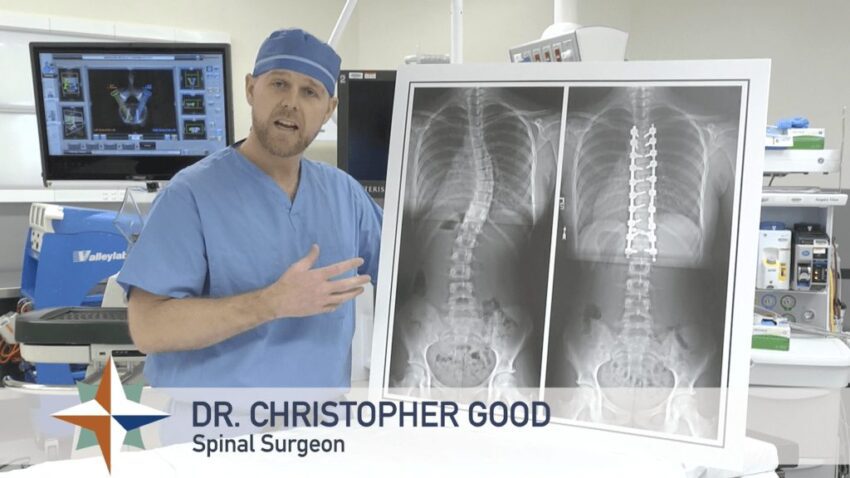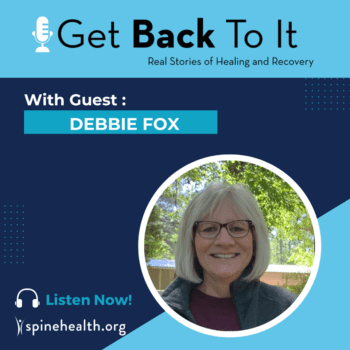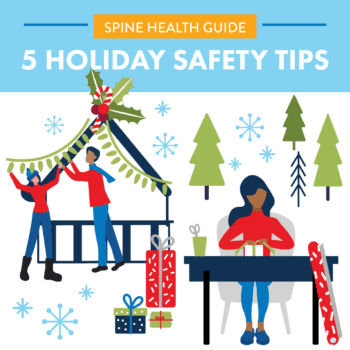
Scoliosis may take you back to grade school, when healthcare workers ran tests on students to see if they showed signs of the condition. While most people don’t, it’s still a spine health problem that affects many people across the country and the world.
As doctors and experts continue to seek out the best treatments available, we want to ensure those looking for information are able to find what they need. We’ve compiled a short list of things to know about the condition and encourage you to research further or let us know if you have any specific questions.
6 Things to Know about Scoliosis
1. Scoliosis is a hereditary condition that causes an abnormal curvature of the spine. Unlike many spine health issues, it’s not something that can be prevented, but there are treatments and procedures available to help those who suffer.
2. Scoliosis is about two times more common in girls than boys, affecting about 2 -3% of the population, according to American Association of Neurological Surgeons.
3. There are up to 7 different types of Scoliosis, each based on a variety of factors. Learn more about these types at TreatingScoliosis.com.
4. Age is one of the biggest risk factors. Signs and symptoms of Scoliosis often begin between the ages of 9-15.
5. Most of the time, Scoliosis is not painful, but it can begin to cause problems with breathing if not treated.
6. Surgical and non-surgical options are available for treatment. Many patients undergo spinal fusion surgery as a corrective measure.
If you are just getting started on your journey of learning and understanding Scoliosis, consider this a starting point. Check out this video from Dr. Daniel Gelb, M.D., Vice-Chairman of the Department of Orthopedics, University of Maryland, School of Medicine:
Check out some good reads from those diagnosed with Scoliosis here.



